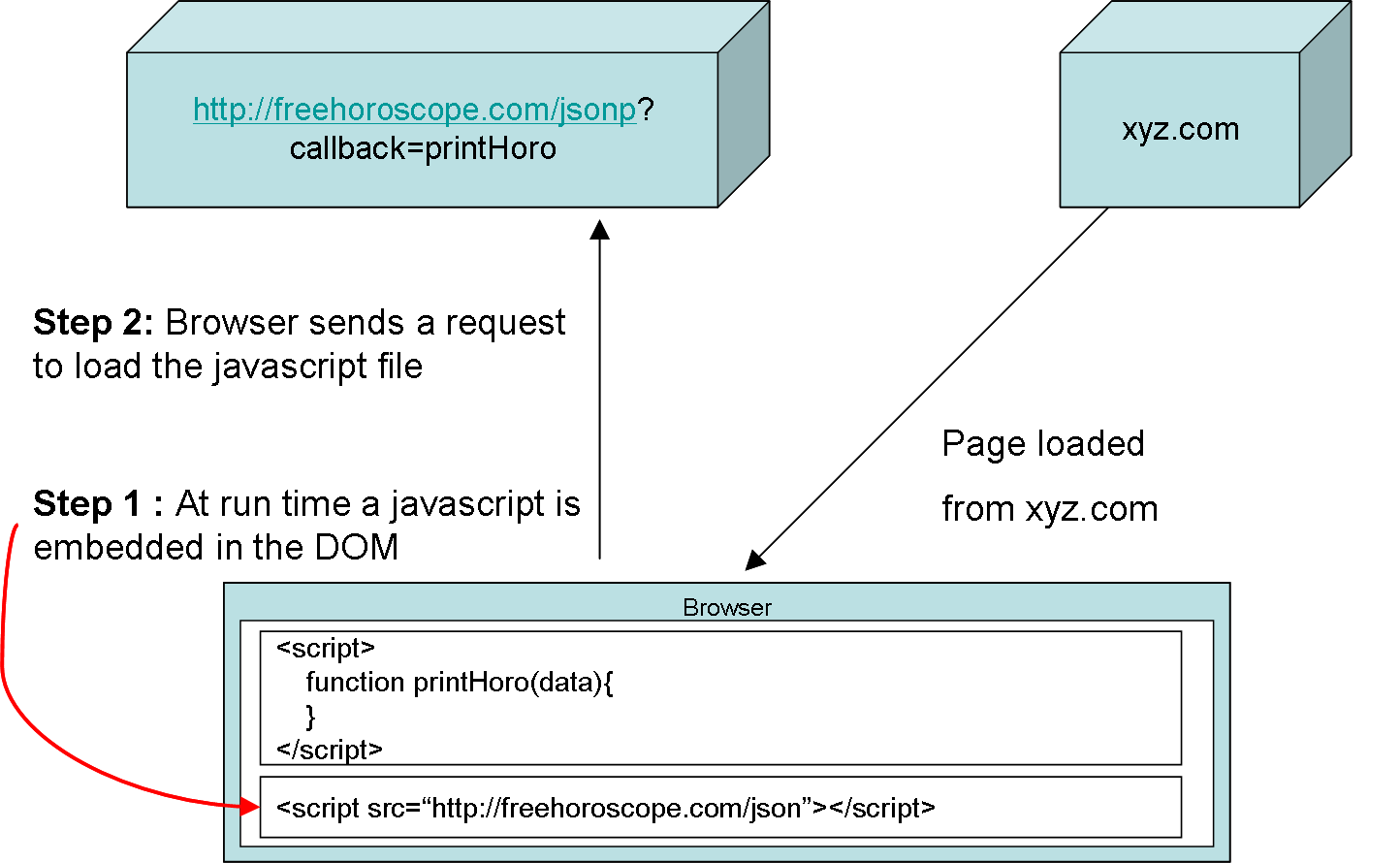Android - Introductory Session
Getting Started with Android - 6th June 2009 - 4:00 p.m
Pune GTUG would be meeting on 6th June 2009 at 4:00 p.m at the below mentioned venue for the topic "Introduction to Android".
Venue
Dnyanvatsal Commercial Complex
Survey No. 23, Plot No. 189,
Karve Nagar,
Pune, India 411052
Contact no. - 9923085006
See on Google Map
http://www.synerzip.com
Dnyanvatsal Commercial Complex
Survey No. 23, Plot No. 189,
Karve Nagar,
Pune, India 411052
Contact no. - 9923085006
See on Google Map
http://www.synerzip.com
Agenda for this meet is as follows
- Brief History of Android
- Android Phones
- Android Experiments
- What is Android?
- What’s in new SDK
- Android Architecture in detail
- Application Fundamentals
- User Interface
- Resources and Assets
- Data Storage
- Content Providers
- Security and Permissions
- Developing Android Applications In Eclipse, with ADT
- First Android Application
- Further Reading
Speaker Bio - Sushrut Bidwai
- Writing a book on Android (near future)
- Leading a team of 15+ programmers in Nasik.
- Works mainly on Java centric technologies and that too specifically on Google centric like GWT, Android, GAE for Java.
- Provide information content to fellow developers through our blogs like androidcompetencycenter.com .
- Worked with Persistent Systems and YagnaIQ (Pune based startup) at the start of career.
- Rest of the things can be found on http://sushrutbidwai.com/about
If you have any issues feel free to write to pune-gtug mailing list.
Back to Basics - Cross Site Scripting - How web 2.0 mashups really work?
Cross Site Scripting the term may not be familiar to many of us. Instead let me explain this in a lay man's terms - Web 2.0 mashups.
Web 2.0 mashups - Making the browser connect to various sources (rss, webservices) on the internet and cook up a usable application out of all these sources. A Web 2.0 mashup is typically a html page with some javascript which make all this happen.
A simple example of a mashup could be using a feed from craigslist (or any rent/sell house site) and map the listings on a map (say google map). The services which are used in this example are rss feed from the source, reverse geo lookup (address to co ordinate converstion service from google map) and google map itself. All done in a html page without the need of any server.
Now that we know about Web 2.0 mashups we should now move on to Cross Site Scripting.
Firstly lets understand what is the main hurdle in cross site scripting. Its called as Single Origin policy, if a page is loaded from xyz.com and tries to send a ajax request to abc.com, the browser does not allow it. This is not a bug but a feature, for security reasons.

If this is so, how can any one use google services directly from the webpage which are not hosted on google.com. The answer is simple JSONP. You should know about JSON before you proceed ahead.
Even though the browser restricts sending ajax requests to other domains, it allows javascripts (even at runtime) from other domains in the html code.
Lets take a very simple example, one of the services http://www.freehoroscope.com/json gives out a JSON string like this
[
{"date":"12/12/2008",
"Aries":"The day looks good for you....",
"...","...",
"Cancer","You will meet some one special today....",
".....","....",
"Sagitarius","Career front there would be good news for you...."
}
]
Now a javascript eval() function could instantly convert this text into a javascript object and this object can be used to create daily horoscope html.
The problem is I am serving my site from xyz.com and I can't send ajax request to http://www.freehoroscope.com/json.
Solution is instead of ajax request, I embed a javascript (using dom operations) in my html code at run time
(div.innerHTML="<s cript src="' http://www.freehoroscope.com/jsonp?callback"="printHoro'>").
Notice I am calling a slightly different url - http://www.freehoroscope.com/jsonp (notice the extra p at the end)
Lets see what this url gives out the following javascript -
--------------------------------------------------------------
var data=[
{"date":"12/12/2008",
"Aries":"The day looks good for you....",
"...","...",
"Cancer","You will meet some one special today....",
".....","....",
"Sagitarius","Career front there would be good news for you...."
}
];
printHoro(data);
--------------------------------------------------------------
Its quite similar to the json response just that the response is put in a variable and the function is added at the end. Notice the function name is the same as what we passed in the query string (The server put this callback name into the javascript it throws out).
What happens now is once the javascript is loaded, it creates a variable data and calls the javascript function printHoro. In short you will have to add the printHoro function which will actually be your call back function to render the horoscope
function printHoro(data){
document.getElementById("date").innerHTML=data[0].date;
document.getElementById("aries").innerHTML=data[0].Aries;
....
}
If you have any questions on this mail it to pune-gtug.googlegroups.com
Pics from Pune-GTUG Sessions
The most recent session conducted by Pranav Prakash on Google App Engine
Great Session on Google App Engine at Pune-GTUG this saturday :)
We had a blast at Pune GTUG Meet this Saturday. Almost 22-25 people turned up, we hardly had a place to hit every one.
Thanks to Pranav for taking the execellent presentation on Google App Engine. Special thanks to Navin Kabra to make the session live, with all the insights he provided.
Here is the presentation from the session used by Pranav.
[googleapps domain="docs" dir="EmbedSlideshow" query="docid=ddt3n4v_89c8fwtpgt&size=s" width="555" height="451" /]




